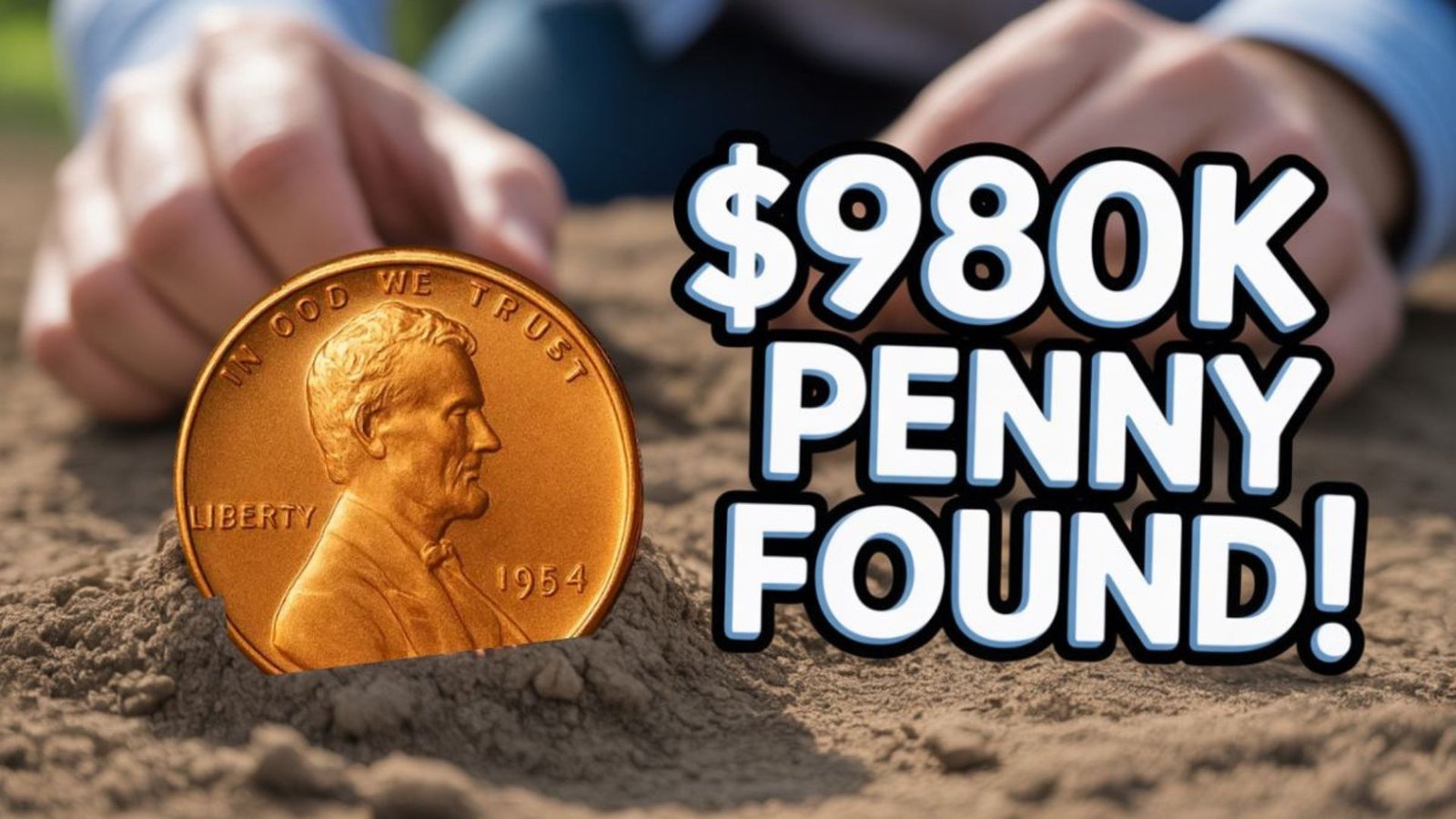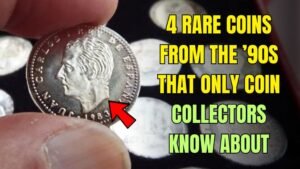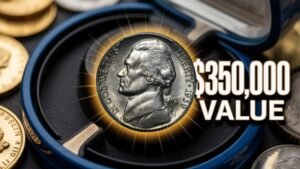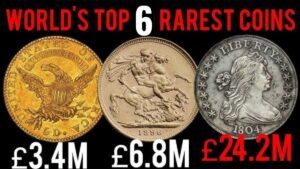Have you ever found a dusty old penny in your couch cushions and wondered if it could be worth a fortune? Imagine flipping through a jar of loose change and stumbling upon a coin that could change your life forever. That’s the thrill behind the legendary Lincoln Wheat Penny valued at a jaw-dropping $980,000. This isn’t just any coin—it’s a rare gem from history that slipped through the cracks of time.
But here’s the exciting part: experts believe it could still be out there, tucked away in attics, forgotten collections, or even your grandma’s piggy bank. In this guide, we’ll break down everything you need to know about this elusive treasure, why it’s so valuable, and how you can spot one yourself. Ready to turn pocket change into payday? Let’s dive in!
What Makes the Lincoln Wheat Penny So Special?
The Lincoln Wheat Penny, first minted in 1909, is one of America’s most iconic coins. Designed by Victor David Brenner, it features President Abraham Lincoln’s profile on the front and two wheat stalks on the back—hence the “Wheat” nickname. These pennies were everyday money for over 50 years, with billions produced until 1958. But not all are created equal. Most are worth just a few cents today, but a handful of ultra-rare versions have skyrocketed in value thanks to minting errors, low production runs, and pristine condition.
Why does this matter? In the world of coin collecting (called numismatics), rarity plus history equals big bucks. A single flaw or special feature can transform a humble penny into a collector’s dream. And right now, one specific Lincoln Wheat Penny is making headlines for its potential $980K price tag—drawing hobbyists and treasure hunters alike.
The Story Behind the $980K Prize
Picture this: It’s 1943, the height of World War II. The U.S. Mint needed to save copper for the war effort, so they switched pennies to steel. But a few sneaky copper versions slipped through the presses—only about 20 are known to exist! One of these “1943 Copper Pennies” sold for $1.7 million in 2010, but whispers in the collecting community point to an unverified specimen valued at around $980K based on recent auctions and expert appraisals.
This elusive coin isn’t just rare; it’s a wartime anomaly. If authenticated, it could fetch top dollar at auction houses like Heritage or Stack’s Bowers. The buzz? It might be hiding in plain sight, passed down through families who never knew its worth. Stories abound of garage sale finds turning into million-dollar windfalls—could yours be next?
Key Features of the Ultra-Rare 1943 Copper Lincoln Wheat Penny
Spotting a fake from the real deal is tricky, but knowing what to look for can save you heartbreak (and cash). Here’s a simple breakdown in a handy table:
| Feature | Description | Why It Matters |
|---|---|---|
| Material | Solid copper (not steel-coated like most 1943 pennies) | Proves it’s the wartime error—steel was standard. |
| Date & Mint Mark | “1943” with no mint mark (Philadelphia) or “S” (San Francisco) | Rarity spikes with specific mints; only 13 San Francisco ones known. |
| Condition (Grade) | MS-65 or higher (gem uncirculated, no wear) | Pristine coins command 10x the price of worn ones. |
| Weight | About 3.11 grams (heavier than steel versions at 2.7 grams) | Easy home test—use a scale to check! |
| Color & Luster | Warm reddish-brown shine, not dull gray | Fakes often look off-color under magnification. |
Use this table as your cheat sheet. Remember, always get professional grading from services like PCGS or NGC before selling—it’s like a coin’s report card that boosts its value.
Could This $980K Penny Still Be Out There? Expert Insights
Yes, collectors say it’s very possible! With billions of Wheat Pennies in circulation over decades, many end up in jars, drawers, or estate sales unnoticed. Recent X (formerly Twitter) threads and Reddit forums buzz with stories of “almost finds”—like a 1944 steel penny (another error) that sold for $100K last year. Numismatic experts from the American Numismatic Association estimate thousands of rare coins remain undiscovered in the U.S. alone.
But time is ticking. As awareness grows, savvy hunters are scouring flea markets and eBay. One tip: Check family heirlooms from the 1940s—veterans’ souvenirs often hide gems. And don’t forget estate sales; a recent one in Ohio uncovered a $200K coin collection from an unassuming attic.
How to Hunt for Your Own Lincoln Wheat Penny Treasure
Starting your search is easier than you think—no fancy equipment needed. Follow these steps:
- Gather Your Tools: A magnifying glass, coin scale, and the Red Book (official coin guide) for $20 online.
- Inspect Change Jars: Look for off-dates like 1909-S VDB or 1914-D—common starters worth $100+.
- Join Communities: Forums like CoinTalk or the ANA’s site offer free advice and spotting tips.
- Authenticate Safely: Skip DIY sales; use certified dealers to avoid scams.
- Preserve It: Store in soft holders, away from air—oxidation kills value fast.
Pro tip: Apps like CoinSnap use AI to scan and identify coins instantly. Who knows? Your next coffee run could yield a millionaire’s mint.
Why Now’s the Time to Start Collecting Lincoln Wheat Pennies
The Lincoln Wheat Penny isn’t just about that one $980K unicorn—it’s a gateway to a fun, profitable hobby. Values are climbing with inflation and collector demand, up 15% last year per PCGS data. Whether you’re in it for the thrill or the potential payday, these coins connect us to history: Lincoln’s legacy, wartime grit, and American ingenuity.
So, grab that old coin roll and start hunting. That Lincoln Wheat Penny worth $980K might be closer than you think—one flip away from financial freedom. Have you checked your change lately? Share your finds in the comments—we’d love to hear your story!




